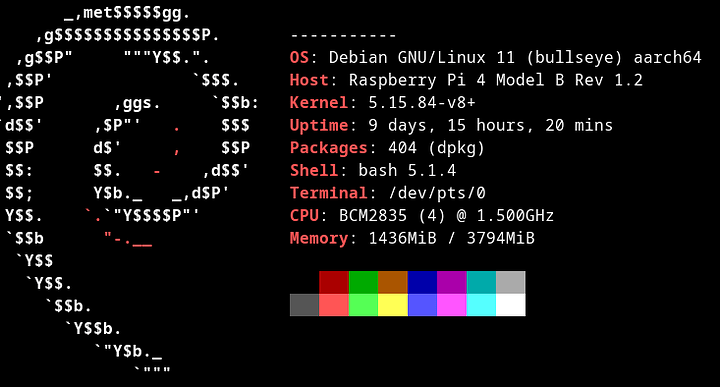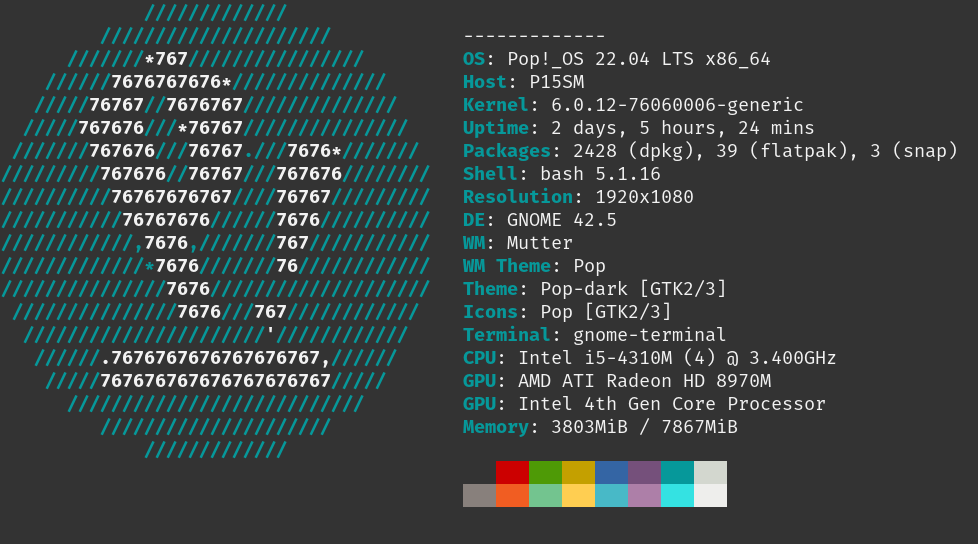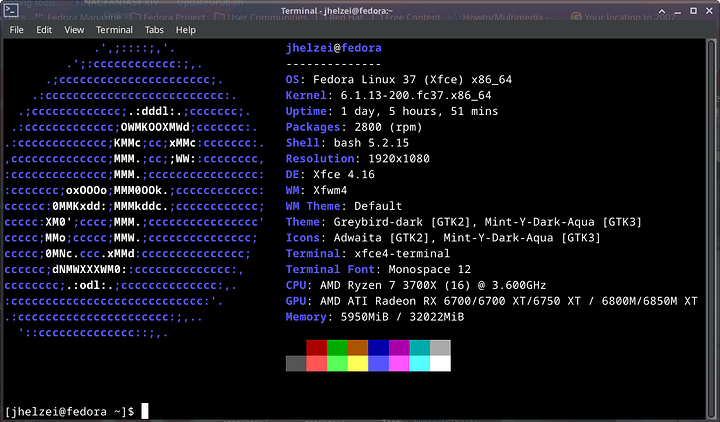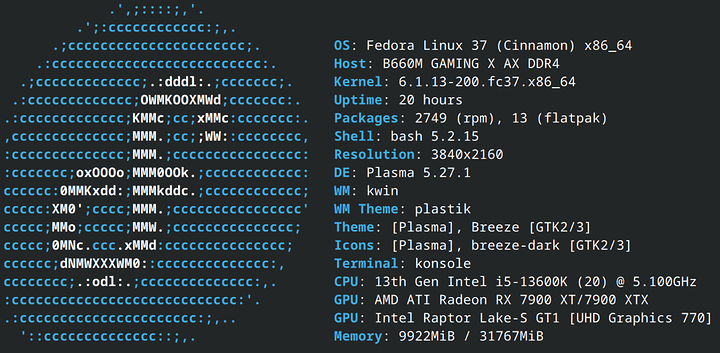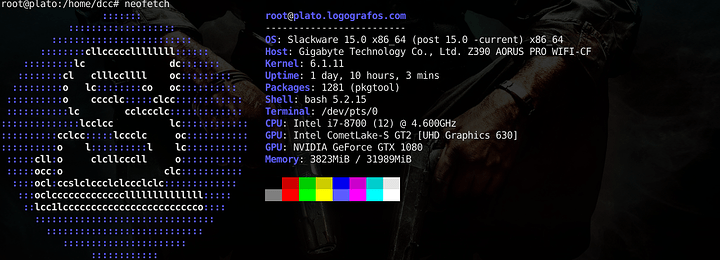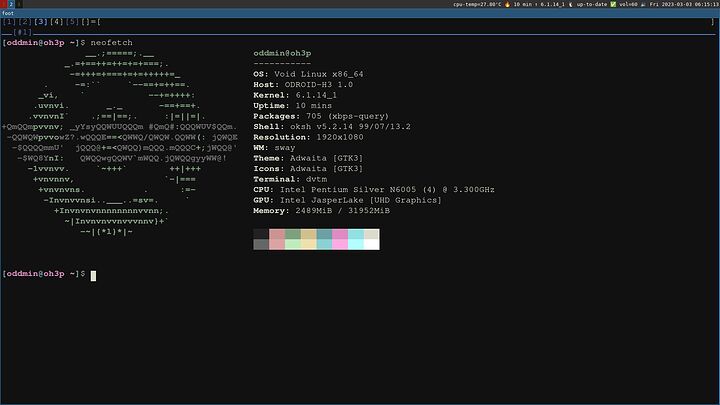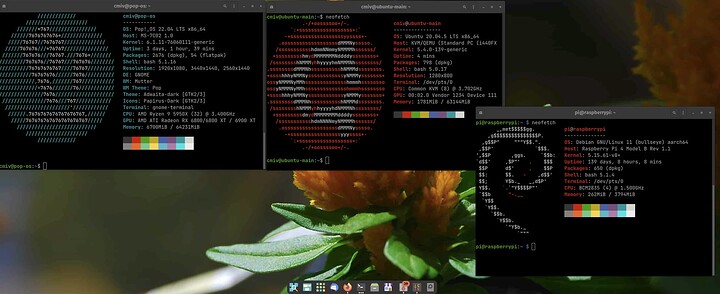I don’t trust VM numbers, because VMs can just be put to sleep (suspended) and they will just start back up after a host reboot as if they were never rebooted. And while you can migrate the VMs between hosts for the host reboot, that is easy, unlike hardware that runs 1+ year without stop.
sigh
The initial thought was physical machines. Mostly because I wanted to encourage people to commit to a configuration.
I’m not sure what the best solution is though.
How about this: if you own the hardware, the physical host must be used. If it’s a vps hosted in the cloud, the vm will suffice.
Looking for input.
Notice that I don’t have this, and I do have a UPS!
not exciting but this shall be a place holder. I have plans to rice it up, and make it more kool™
this is my daily driver, my main pc. Steamdeck for gaming and media on the TV
and this is my on the go cloud
also @SgtAwesomesauce can I get my 1 year badge or is that not a thing anymore. 2020 would have been my full time linux year.
So how does one get this? No way I am running anything unpatched just because it makes me cool. So… is it easier with livepatch and an Ubuntu system? What is the cheatsheet for this for normies?
Sounds about right.
^This. Thankfully I didn’t learn this the hard way, but this point really inspired me.
https://grahamc.com/blog/erase-your-darlings
That, along with the way s6-rc handles service dependencies convinced me to reboot often. And because I run an OS that doesn’t have live patching and I have no idea where to even start looking.
kexec only does a kernel reboot without reinitializing the hardware, but for true uptime upkeep, you need a supported distro with live patch support. Those include Oracle Ksplice Uptrack, Canonical Livepatch, Red Hat’s Kpatch, SUSE Kgraft (SLE Live Patching) and KernelCare Enterprise.
For things like that post about immutable OS, kexec works fine. But I’ve been thinking at some point that the important part about a server is not the OS uptime itself, but actual program uptime. That means you should configure some kind of redundant software stack that takes care of keeping services up when hosts go down. Using VMs is hacky in its own way, because you then have to deal with the VMs kernels and them being behind updates. Using containers that can be live migrated is probably a better deal. Using a software stack like pacemaker and corosync can keep the services up when OSes reboot and finally, truly redundant software stacks like dns, http servers and some database clusters are the way to always have your services available.
Keeping your devices constantly running is a recipe for disaster, from a reliability, integrity and recoverability standpoint, Someone internet dude said some wise words “the higher the uptime, the longer the recovery from a crash will take” or something like that.
ignore the title near my name, lmao, I only have that because my pfsense box always said it was up to date for more than a year, until I decided to reboot it and it finally decided that updates are actually available
Physical machines are way harder to keep up longer IMO, maybe require a longer uptime for cloud instances?
To get the one year badge you really need to do a blog post about your experiences. Doesn’t have to be super in-depth, but just “started on x date, these were my challenges, this is what I enjoyed about it, this is how overcame some of the challenges, this can be improved still, and would I go back to osx/windows”
Hot patching, my friend.
If I might add to this: if you’re running a Pi as a server it’s also impossible because of the firmware updates to the device. I get one once in a while and I get a message from APT that tells me I need to reboot the machine to apply the update. I wouldn’t want to have multiple firmware updates queued up for uptime.
@SgtAwesomesauce not saying the uptime badge or bragging rights should be handed out like cookies. Just mentioning a further challenge some face. I’m very much committed to my setup and now has not been changed for almost a year. I’m proud of that!
I’m happy to add more badges, throw me a suggestion and we can discuss.
Pop!_OS runing on a laptop I found on a sidewalk next to a pile of trash:
The GPU is a AMD Radeon M290X, which is basically a undervolted AMD Radeon HD 7870 with 4GB of VRAM.
Nice find! Apparently that’s the Clevo P15SM, which is resold under various brands. And there’s a pile of upgrade options (though for these prices, you might just want to get a new laptop LOL.)
Or you could snag some used parts on eBay instead, but YMMV.
Still rocking the same ol’ CPU, but it’s got something new in the PCIe slot…
Here’s the eBay bargain I managed to snag:
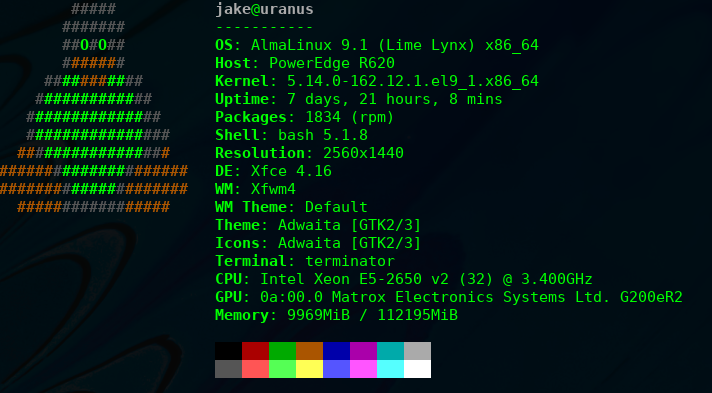
Did this because I hate throwing away old computers. It has actually been pretty useful as a lightweight laptop running small windows programs that i need for work (via a VM with 2 whole cores and 2 GB of ram, Windows 10 will truly run on a potato).
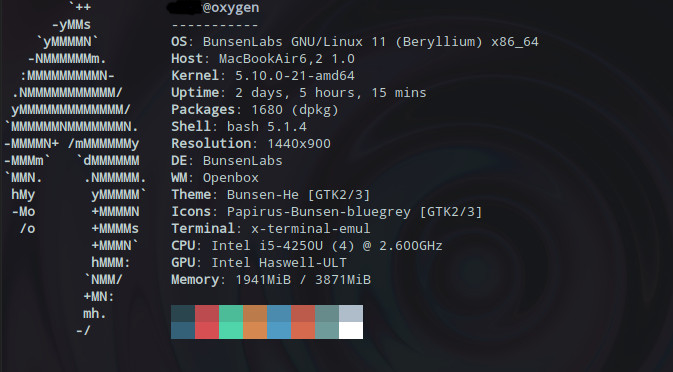
I had a similarly configured 4th gen i5 Dell Latitude E5440, with 16GB of RAM running Fedora KDE (and later sway) at a previous workplace. And it was running really smooth. I got away with running the same installation on an 8GB of RAM 5th gen i5 laptop (thinner and lighter) and was running just as good.
4GB of RAM may probably cut it a bit short for me, at least as far as my current setup goes. If I’d clean up my firefox tabs (or rather, just start a new profile), I’d probably manage it, but my pi 4 has been struggling on just 8GB of RAM. I upgraded to an Odroid H3+ and 32GB of RAM and I’m really happy, this CPU is overkill. And I can finally run libreoffice without having to compile it myself for aarch64 (I was fine with compiling it every blue moon, but the problem was that the build template was just broken too many times and compilation would fail).
Also, the fact that this CPU runs constantly at 27C, compared to 48-50’ish the pi used to, is really nice (both passively cooled with a chunky rad, but the h3+ came with one from the factory).


